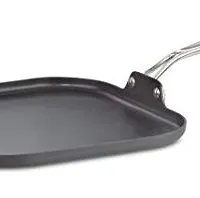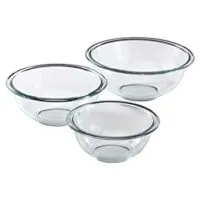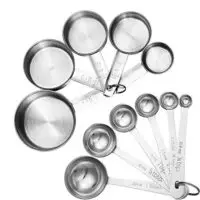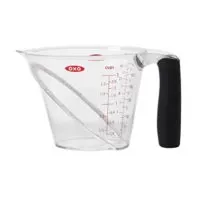Savory crepes are a French classic which is traditionally fill with eggs, cheese, vegetables, and more. These crepes can also be made gluten free by using buckwheat instead of wheat flour.
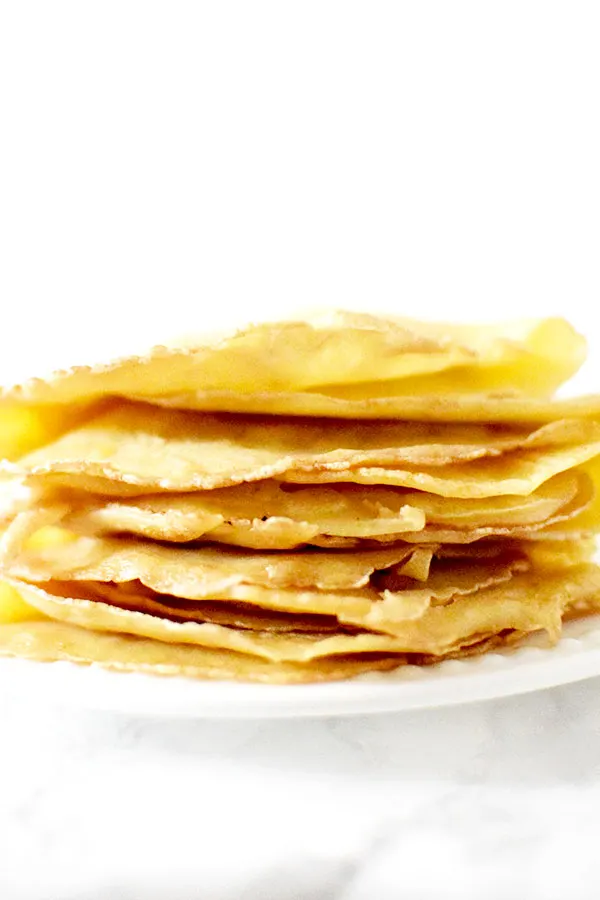
A French friend of mine once said to me "the perfect meal has both savory and sweet crepes" (i.e. savory crepes as the main course and sweet crepes for dessert).
While "crepe" literally translates as "pancake", I don’t think anyone imagines a tall stack of flapjacks with maple syrup running down the sides.
Instead, they probably think of indulgent breakfast that feels more like dessert topped with berries, powdered sugar, and chocolate and/or creme.
In France, however, there are two types of crepes, and neither of them are the decadent ones we are used to.
Sweet crepes, or crêpes sucrées, are a dessert served with Nutella, cream, or jam.
Savory crepes, known as crêpes salées, are eaten as a main dish for lunch or dinner. A French friend of mine says a good meal should have both.
While sweet crepes are made with white flour, savory crepes are often made with buckwheat flour.
This is both a healthier alternative as well a gluten free option that adds a nutty earthy flavor.
Savory crepes are filled with cheese, eggs, mushrooms, vegetables, fish, or various meats.
Depending on the filling they are rolled, folded in half, or have the edges folded over, creating a square.
Meats, veggies, and fish tend to be rolled, cheese is usually folded in half like an omelette, and, more often than not, sunny side up eggs have the edges folded over.
What is the difference between crepes and pancakes?
While pancakes are made with baking powder, crepes aren't and are therefore much thinner.
Do crepes contain dairy?
Yes, crepes are made with dairy products like milk and butter unless specifically stated otherwise.
However, you can make crepes without milk or butter.
All you have to do is replace the milk with another liquid like dairy free milk, such as almond milk or oat milk, or water or even orange juice.
HOW TO MEASURE FLOUR AND OTHER DRY INGREDIENTS
The best way to measure dry ingredients is with a scale. However, this is not commonly done in the United States, where dry measuring cups are used instead.
To measure most dry ingredients, first spoon them into a dry measuring cup and then level off the measuring cup with an upside-down butter knife.
Make sure not to pack it down because it can lead to using more of the ingredient than called for.
The exception is brown sugar. To measure brown sugar, pack it into the measuring cup and then level off any excess.
To measure chocolate chips, nuts, or dried fruit, just pour them in and then level them off.
DRY VS LIQUID MEASURING CUP
Dry measuring cups are a set of cups that often come with measuring spoons. Each cup is a different measurement just like each spoon is a different measurement.
Liquid measuring cups, on the other hand, are cups that have measuring lines on the side to mark the measurements.
The problem with using liquid measuring cups to measure dry ingredients (like flour and cocoa) is that they are powders. So, as you shake the cup to level them off, the powders settle and you end up with more than you need.
I tested this with a friend who didn't believe me and we ended up with a number of tablespoons more than the recipe called for.
WHY sift Powdery Ingredients
There are a number of benefits to sifting powdery ingredients like flour and cocoa.
First of all, flour is often sifted before use to aerate it and remove any lumps. This helps in achieving a lighter texture in baked goods.
Secondly, if you measure flour that's just been sifted, you can get a more accurate measurement than from flour that's been packed tightly in a bag.
In addition, sifting dry ingredients together, such as flour, cocoa, and baking powder, helps make sure they're evenly dispersed.
WHICH TYPE OF OIL TO USE
I use neutral oils like canola oil, safflower oil, and vegetable oil. You can also use stronger oils like olive oil and coconut oil, but they may change the taste somewhat.
DO EGGS NEED TO BE AT ROOM TEMPERATURE?
The short answer is "no." While a side-by-side comparison shows that baking with eggs at room temperature makes a better crumb, it’s not otherwise noticeable.
What are Eggs used for?
Eggs do three things in most recipes: they help bind the ingredients together, act as a mild leavening agent, and they add moisture.
ARE EGGS DAIRY?
No, eggs are not dairy. Dairy is milk and any food products made from milk, including cheese, cream, butter, and yogurt.
So, while eggs are an animal product, they are not dairy. In fact, eggs fall under the protein food group.
How to tell if your eggs are still good
Fill a glass with cool water and submerge the eggs.
If the eggs sink to the bottom and lay flat on their side, they're still fresh.
If they sink, but stand on one end at the bottom of the glass, the eggs are not as fresh but still good.
An egg that floats to the top is likely spoiled.
Make ahead
Crepes are actually perfect to make ahead because the batter always cooks more evenly when it has rested overnight. Then, remove and let sit for an hour at room temperature for a lighter-than-air texture.
If you only want to make it a few hours ahead, that’s fine too, but still make sure to let it sit for at least an hour at room temperature before cooking.
How to Store
Layer the crepes between parchment to avoid sticking. Then, store them in a resealable plastic bag. Keep in the fridge for up to five days.
How to Freeze
Layer the crepes between parchment to avoid sticking. Then store them in a resealable freezer bag. Freeze for up to 2 months.
Savory Crepes without Milk
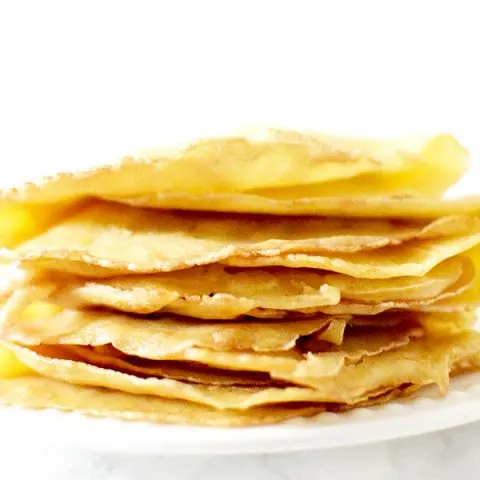
Savory crepes are a French classic which is traditionally filled with eggs, cheese, vegetables, and more. Make them gluten free by using buckwheat flour, as the French often do.
Ingredients
- 2 cups all-purpose flour or buckwheat flour (250 grams)
- Pinch salt
- 3 eggs
- 1 tablespoon oil
- 2 cups water (475 milliliters)
Instructions
- Whisk together the flour and salt in a mixing bowl.
- Add the eggs and oil.
- Slowly add the water a little at a time while mixing. Be careful to avoid clumping.
- Heat a greased griddle pan or frying pan. Using a ladle, pour the batter and move it around so it creates a thin round sheet.
- Flip it when the batter seems mostly dry. Cook on the other side.
Recommended Products
Some of the links below are affiliate links, which means that if you choose to make a purchase, I will earn a small commission. This commission comes at no additional cost to you.
Nutrition Information:
Yield:
12Serving Size:
1Amount Per Serving: Calories: 138Total Fat: 3gSaturated Fat: 1gTrans Fat: 0gUnsaturated Fat: 2gCholesterol: 47mgSodium: 32mgCarbohydrates: 23gFiber: 2gSugar: 0gProtein: 5g

